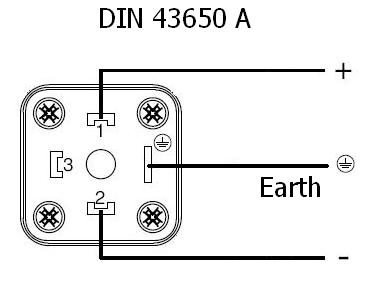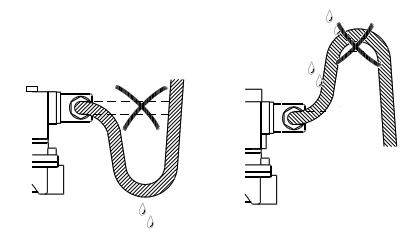News Letter
Sign Up & get 33% off your first order
Enter your preferred name & e-mail to subscribe


It is good practice to wire the electrical DIN connector, based on the same principles as you should do at home.
+ve power supply (Red or Brown wire) to terminal 1
-ve power return (Black or Blue) to terminal 2
It is however best practise and probably essential when working in damp environments to achieve the correct IP Protection Rating that you use the correct size of the cable into the conduit entry so that the rubber grommet fits firmly against the external cable sleeve to prevent water ingress into the connector.
PG9 is for cables 6 - 8mm and PG11 is for cables 8 - 10mm cable.
Also ensure correct fitting of the gasket between the connector and the coil with correct or adequate torque.
Typical Torque Settings for DIN connectors are:
Strain relief nut: 1.8N/m +/- 10%
Central fixing screw: 0.4 N/m +/- 10%
Contact Screw: 0.2 N/m +/- 10%
It is also important as correct sizing and fitting not only protects the electrical system but also everything and everyone around the connector. Keeping the circuits safe, dry and helping to keep the cable securely fixed in place.

Helpful Hint: Avoid cable entry pointing downwards into connector, fill connector with silicone sealant in moist environments.
A catalouge of articles covering all aspects of solenoid valves
Enter your preferred name & e-mail to subscribe